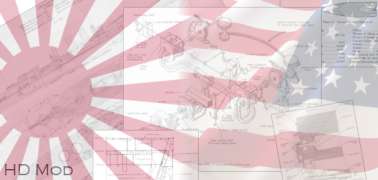No treaties are in effect to retard cruiser development, and no Gread Depression to constrain budgets as the major powers compete with each other to see who can build the biggest baddest navy.
So I have the US starting out in 1922 with the Omaha class light cruisers as was historical. In the late 1930s they get reboilered and the funnels are reduced from 4 to 2 in order to make room for float planes. In the late 1920s the US experiments a little with the 8" gun on their cruisers, with the timid Pensacola class. 1930 sees more development on the 8" gun. The Northampton class is a vast improvement on the Pensacolas with much more firepower. After laying down the Northamptons there's a kind of short sabbatical in which the 10" gun cruiser is developed, this being in response to a cruiser race among the major naval powers. First the US pumps out the New Orleans class. These being somewhat unsatisfactory, due to the size of the hull which limited the guns to twin turrets. So then the Brooklyn class "large cruisers" are built incorporating a larger hull in which tripple 10" turrets can be mounted. Finally when WW2 breaks out in Europe in 1939, the first of the Baltimore class is laid down as a response to the increasing hostilities. Also in 1939 the first Cleveland class "escort cruisers" with enhanced AA capability are laid down. As it becomes more and more apparent that aircraft are going to play a major role in the war, the AA capability of the Clevelands is enhanced while building. Finally in 1940 the US comes up with a medium cruiser design to augment fleet escort operations, this time with fast loading twin 8" guns instead of the twin 6" DP guns developed for the Clevelands.
What do you guys think? Does a progression from smaller and smaller guns and hulls to larger and larger ones make more sense? This is followed by wartime production of small, cheap "escort type" cruisers to fill in gaps.

Of course thanks as always go to the AE team for their superb art from which my own alterations are derrived.










